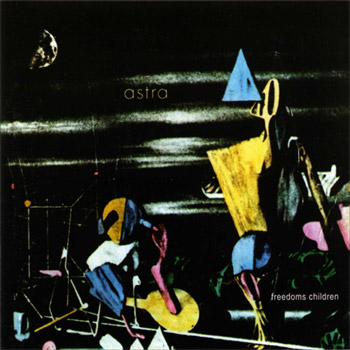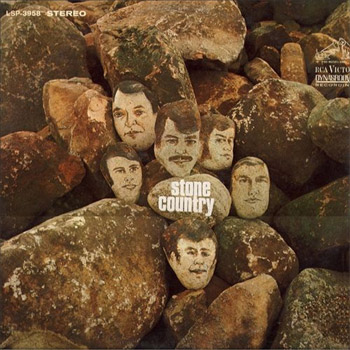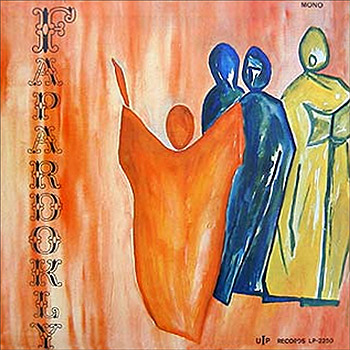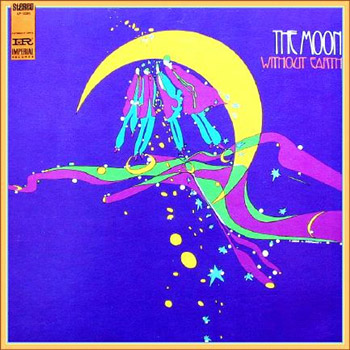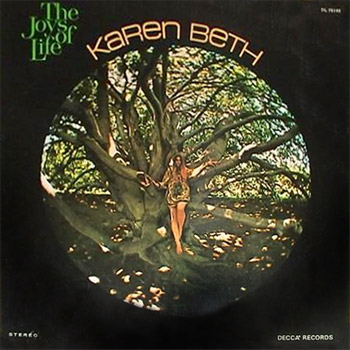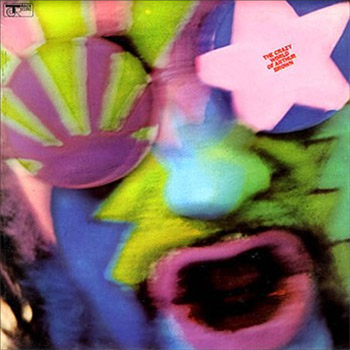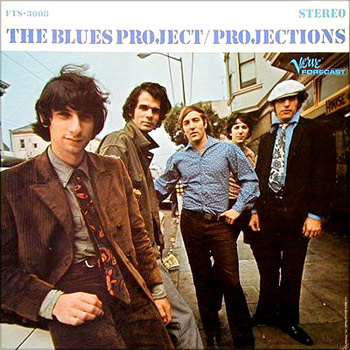uReview: The Rolling Stones “Their Satanic Majesties Request”
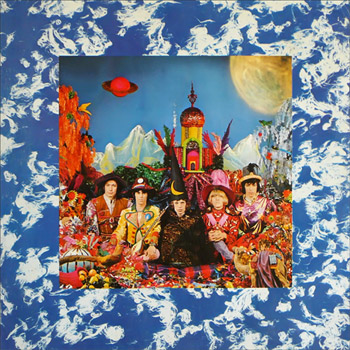
[ratings]
A Stones gem or derivative nonsense? What’s your call on this controversial LP?
“In Another Land”
![]() CD Reissue | 2002 | Abkco | buy from amazon
CD Reissue | 2002 | Abkco | buy from amazon ]
![]() Original Vinyl | 1967 | Decca | search ebay ]
Original Vinyl | 1967 | Decca | search ebay ]
